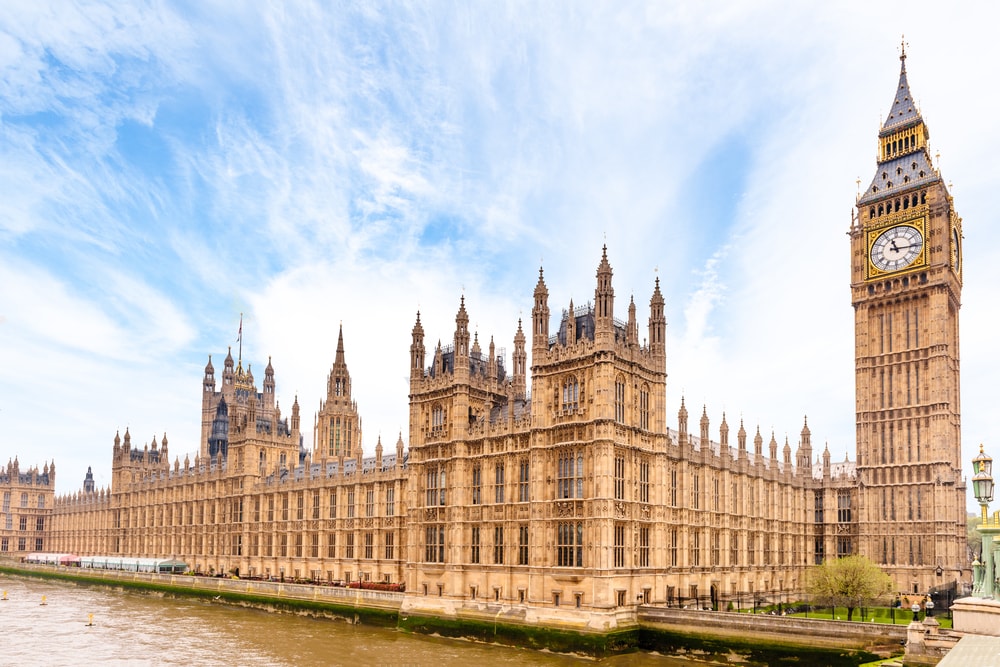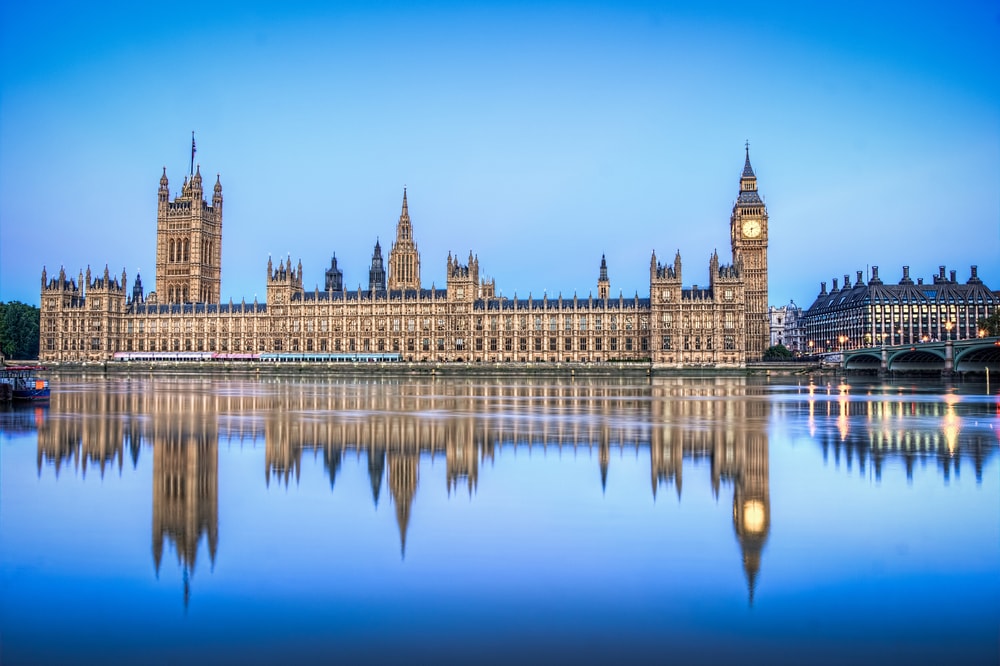The government has published its response to the consultation on options for defined benefit (DB) schemes, confirming that it is looking to make changes to DB surplus rules, and is also continuing to consider a consolidator for DB schemes, run by the Pensions Protection Fund.
The government's response revealed that the proposals on DB surplus rule changes were "broadly welcomed" by trustees, employer representative groups, some professional advisers, and consultancies.
In particular, respondents favoured introducing a statutory power for the modification of scheme rules over a statutory power for making payments, emphasising that any statutory override should have robust safeguards to protect member benefits.
Given this, the government confirmed that it will look to amend the existing framework for surplus extraction from DB schemes to remove barriers to extraction, while maintaining stringent funding safeguards to protect member benefits.
As part of this, it will first introduce a statutory resolution power for trustees of schemes to modify their scheme rules, the use of which will be at the discretion of the trustees, who the government said remain best placed to make decisions in the context of their individual scheme circumstances and their duties to scheme beneficiaries.
However, the government said that it is considering amending the threshold at which trustees are entitled to share surplus with the sponsoring employer from the current buyout threshold to a threshold set at full funding on the low dependency funding basis.
Further details on this will be shared in the draft regulations, which the government confirmed it will consult on.
In addition to this, the government is looking to amend section 37 of the Pensions Act 1995 to clarify that trustees must act in accordance with their overarching duties to scheme beneficiaries, which will remain unchanged.
This is intended to provide robust protection to scheme members and was highlighted as the most important safeguard for member interests.
Other proposals will not be taken forward, however, as the government revealed that industry responses had raised concerns over the potential unintended consequences of changes to the tax regime intended to facilitate increased surplus sharing, as well as the proposed 100 per cent PPF underpin, which would have allowed schemes to purchase 100 per cent protection from the PPF in exchange for an additional “super levy”.
Given these concerns, the government confirmed that while it will continue to consider the wider tax regime for surplus extraction, the rate of taxation applicable to surplus extracted from DB schemes will remain at 25 per cent.
"We will work with TPR to develop guidance with respect to DB surplus extraction, reflecting feedback that guidance is required in this area to facilitate trustee comfort with extraction," it stated.
The government also agreed that an opt-in 100 per cent PPF underpin is appropriate due to the high cost and moral hazard concerns, arguing that this underpin is not needed to encourage schemes to extract surplus.
However, the government is still considering introducing consolidator for DB schemes, run by the Pensions Protection Fund, as it argued that while commercial buyout providers offer a solution for many DB schemes, this may not work for every scheme.
"A small, focused government consolidator, administered by the PPF, could offer an alternative solution for schemes and has the potential to help to address a fragmented pensions landscape," the government stated.
In addition to underfunded schemes, the government said that there is evidence that some smaller, well-funded schemes have faced challenges in buying out benefits with the commercial market.
However, there is also evidence that the market is rapidly changing with new market entrants and innovation in serving smaller schemes, while the permanent legislative regime for superfunds in the Pension Schemes Bill will provide options for well-funded schemes that are not funded to buyout level.
Given these developments, the government said that it is continuing to consider how a consolidator could be additive to complement rather than compete with existing options in the DB market.
"We will further consider the possible role for a consolidator, taking the time to monitor and understand the impacts from current market changes," it stated. "We will not be legislating for the consolidator in the forthcoming Pension Schemes Bill."
Commenting in response, a PPF spokesperson said: “We remain focused on delivering for our current members and levy payers.
"Reflecting the strength of feedback from members, levy payers and industry groups for changes to the levy and fresh consideration of our compensation framework, we will continue to prioritise working closely with colleagues in government to progress these issues.
“We welcome the government’s recognition of the role the PPF could play delivering a small, focused government consolidator for the defined benefit market.
"We will support the government as it considers this further, and engage industry stakeholders, so any future solution suitably complements existing commercial providers and delivers good member outcomes.”
Latest News
-
Pension Schemes Bill one step closer to becoming law as it moves to House of Lords
-
SCOOP: Netherlands' Keylane snaps up Heywood in undisclosed deal
-
MPs back PPF/FAS pre-97 indexation; calls for broader reform remain
-
73% of global pension plans using dynamic asset allocation strategy
-
Salary sacrifice concerns grow as HMRC reveals expected impact on workers
-
Debate prompts swing in support for releasing DB surpluses to employers
Private markets – a growing presence within UK DC
Laura Blows discusses the role of private market investment within DC schemes with Aviva Director of Investments, Maiyuresh Rajah
The DB pension landscape
Pensions Age speaks to BlackRock managing director and head of its DB relationship management team, Andrew Reid, about the DB pensions landscape
Podcast: From pension pot to flexible income for life

Podcast: Who matters most in pensions?

In the latest Pensions Age podcast, Francesca Fabrizi speaks to Capita Pension Solutions global practice leader & chief revenue officer, Stuart Heatley, about who matters most in pensions and how to best meet their needs
© 2019 Perspective Publishing Privacy & Cookies










Recent Stories